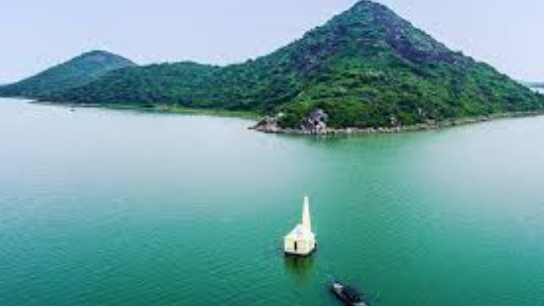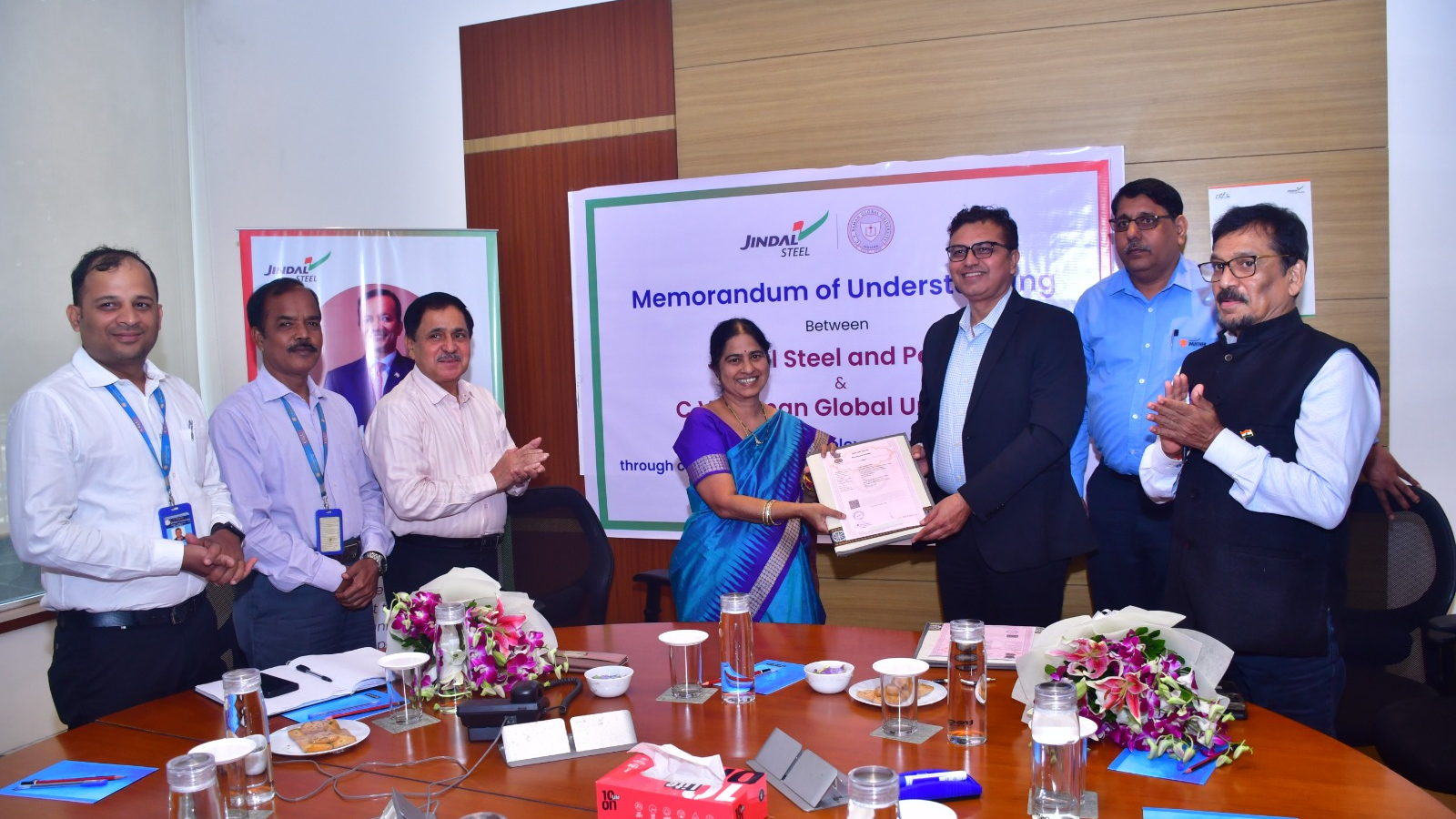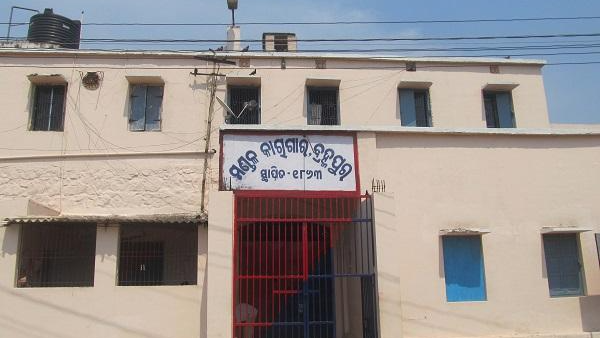Bhubaneswar: Chilika Lake, a UNESCO wetland of international importance, stands at a critical crossroads of survival. Stretching across 1,165 square kilometers in Odisha, this vibrant ecosystem has long been a haven for biodiversity, supporting over 225 fish species, unique dolphin populations, and serving as a crucial migratory bird corridor. However, a complex web of environmental and human-induced challenges now threatens its very existence.
Voices of Concern
Dr. Bivash Pandav, a renowned wildlife biologist, warns: "Chilika is not just a lake – it's a living, breathing ecosystem that represents the delicate balance between human survival and natural preservation. The current trajectory suggests we are rapidly approaching a point of irreversible ecological damage. "Rama Behera, a traditional fisherman whose family has lived near Chilika for generations, shares a poignant observation: "The lake that fed us for generations is now struggling. The fish catch has dramatically reduced, and the water itself seems different – less alive, less generous."
The Mounting Threats
Multiple interconnected factors are pushing Chilika to the brink:
- Siltation from upstream river systems is gradually reducing the lake's depth
- Climate change is altering water salinity and temperature patterns
- Invasive species are disrupting the natural ecological balance
- Increased pollution from industrial and agricultural runoff
- Unregulated human interventions and unsustainable fishing practices
Biodiversity at Risk
The lake's unique ecosystem is experiencing dramatic transformations:
- Migratory bird populations have shown significant decline
- Endemic species are facing unprecedented survival challenges
- The Irrawaddy dolphin population, once thriving, is now critically vulnerable
- Mangrove ecosystems are shrinking, reducing natural protective barriers
Scientific Insights
Researchers from the Chilika Development Authority highlight critical observations:
- Lake's water spread has reduced by approximately 30% in the last three decades
- Salinity levels are becoming increasingly unpredictable
- Sediment accumulation is changing the lake's morphological characteristics
- Microplastic contamination is emerging as a new, severe environmental threat
The Human Dimension
Socio-Economic Impact
The ecological crisis extends beyond environmental concerns:
- Traditional fishing communities are experiencing severe economic distress
- Livelihood patterns are being dramatically altered
- Local biodiversity-dependent economies are facing unprecedented challenges
- Tourism potential is being compromised by environmental degradation
Conservation Efforts
Despite challenges, hope persists:
- Government and non-governmental organizations are developing comprehensive conservation strategies
- Community-based conservation models are being implemented
- Scientific research is providing deeper insights into potential restoration approaches
- International collaborations are bringing expertise and resources
Future Outlook
Experts emphasize the need for urgent, multi-dimensional interventions:
- Comprehensive watershed management
- Strict regulation of human interventions
- Advanced ecological monitoring systems
- Community engagement and sustainable development approaches
Conclusion
Chilika Lake represents more than an ecological site – it's a critical indicator of our environmental future. Its survival is intrinsically linked to broader questions of ecological balance, climate resilience, and sustainable development.
Note: This feature is based on scientific research, expert interviews, and comprehensive environmental studies.
















































